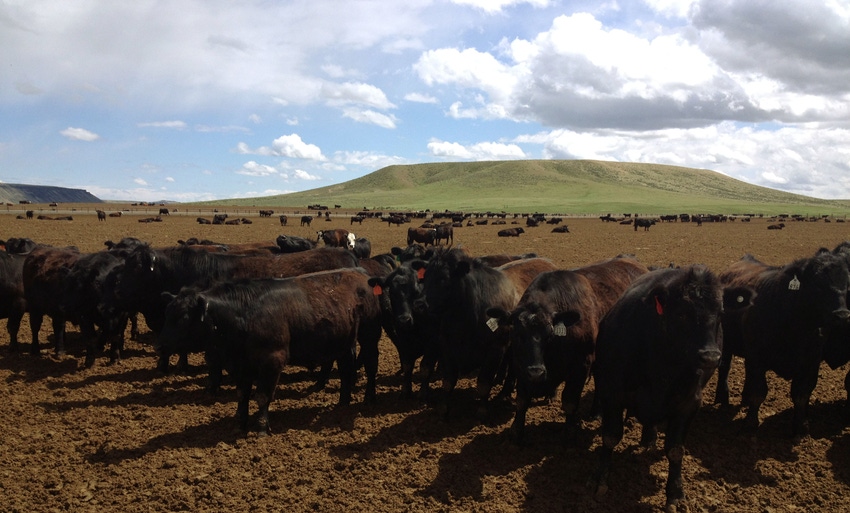Biosecurity Considerations when transitioning newly purchased cattle into the herd
Take these precautions before moving a new cow into your herd.
April 7, 2021

This is the time of the year many producers are searching for cattle to add to their herds. They are scouring the countryside in search of the perfect bovine at breed and bull sales among others. Here are some tips on avoiding bringing a disease onto your farm.
The objective is to avoid new diseases introduced through replacement stock and airborne diseases. Typically, new animals are quarantined for at least 30 days and more typically for 60 days before being introduced into the herd. If on-site, the isolation area should be of some distance and downwind from other animals. Practicing all-in, all-out procedures will make it easier to clean and reduce opportunities by personnel to introduce contaminants to the main herd. Minimize cross-contamination of feeding/watering equipment. Here are some suggested procedures:
Have a set vaccination program as part of the acclimation of new animals.
Have a written strategic vaccination plan.
Know when and how to use the vaccines listed in the vaccination plan.
Discuss the vaccination history of all cattle purchased before cattle arrive.
All incoming animals are unloaded and visually inspected during daylight hours, when possible. Isolation is maintained until inspection is completed. If cattle are unloaded at night they are maintained in the receiving area and inspected the following morning.
Producers should develop a set procedure that all visitors must follow. Expect visitors come to the house or farm office first and have clean boots and clothing. Keep a record of visitors to the farm, including dates, contact names and phone numbers, and the nature of the visitors’ business.
Lock all exterior gates.
Trucks and trailers should be free of manure.
During the quarantine period, the newly arrived stock are handled last to avoid spread of disease.
Beef Checkoff-funded Beef Quality Assurance (BQA) program developed a Daily Biosecurity Plan for Disease Prevention template. The template, which helps cattle producers implement daily biosecurity measures on their operations, is available digitally as a PDF or can be printed for handwritten plans from this site: https://www.bqa.org/resources/templates-assessments
Source: Ohio State University, which is solely responsible for the information provided and is wholly owned by the source. Informa Business Media and all its subsidiaries are not responsible for any of the content contained in this information asset.
You May Also Like



